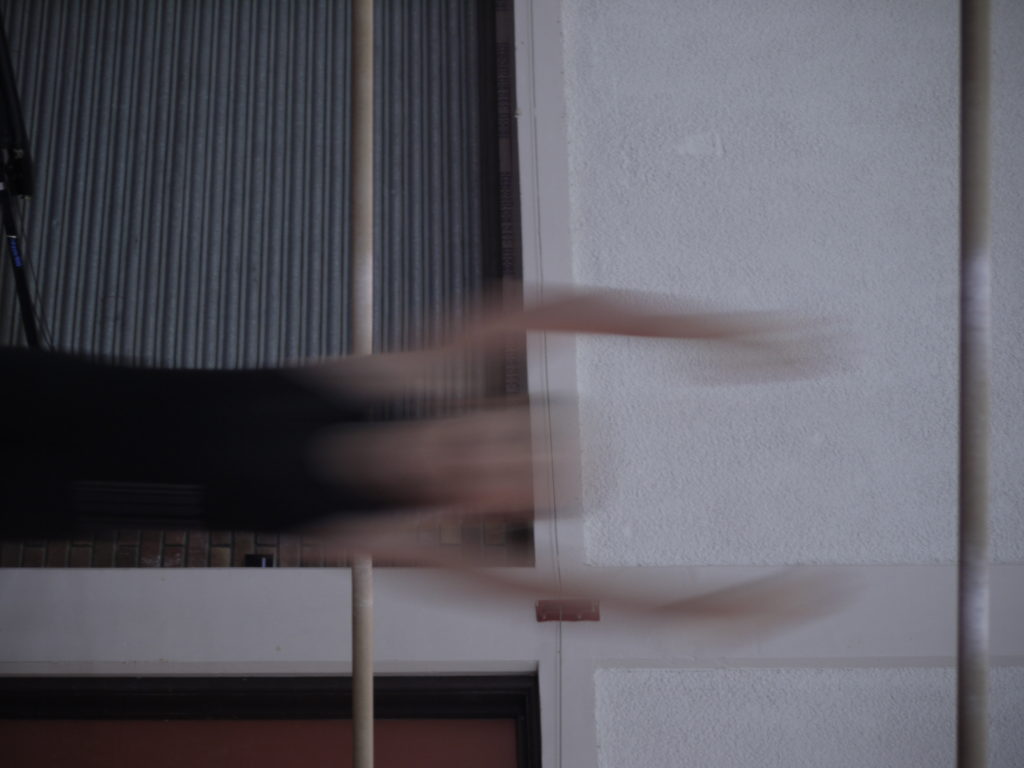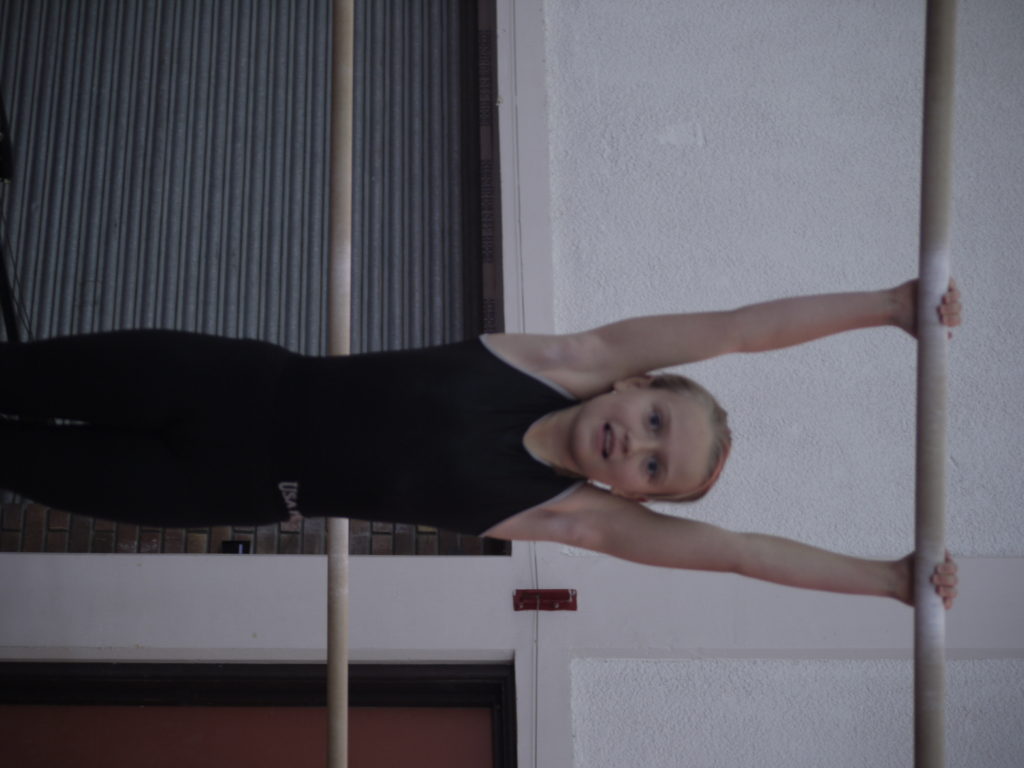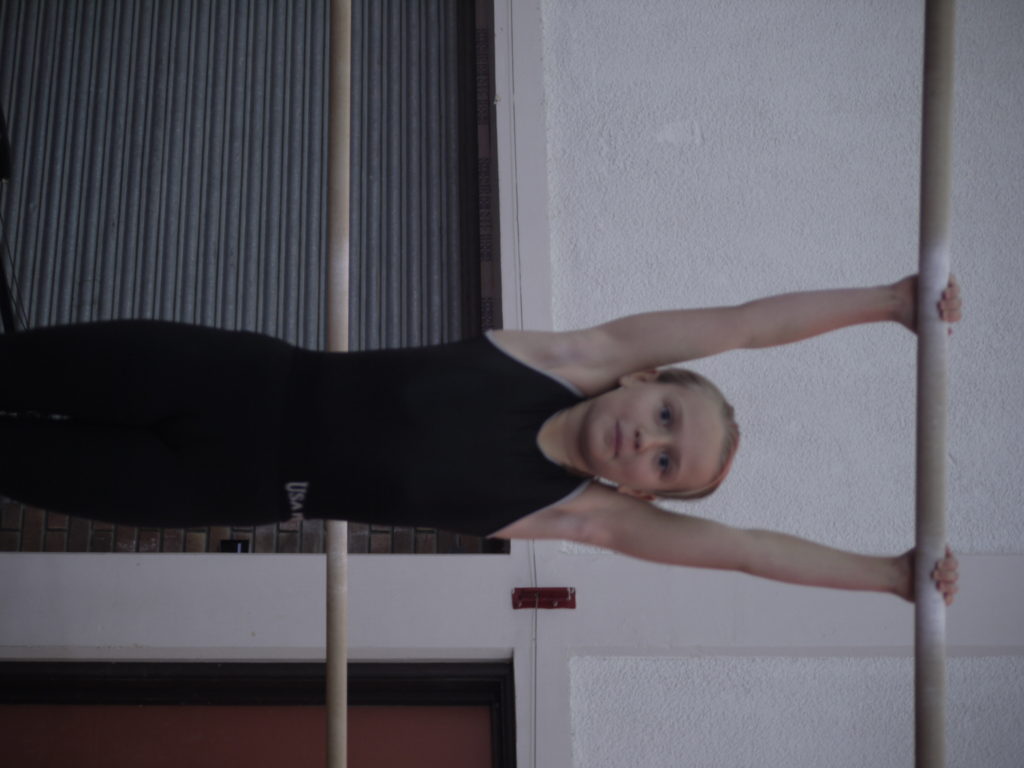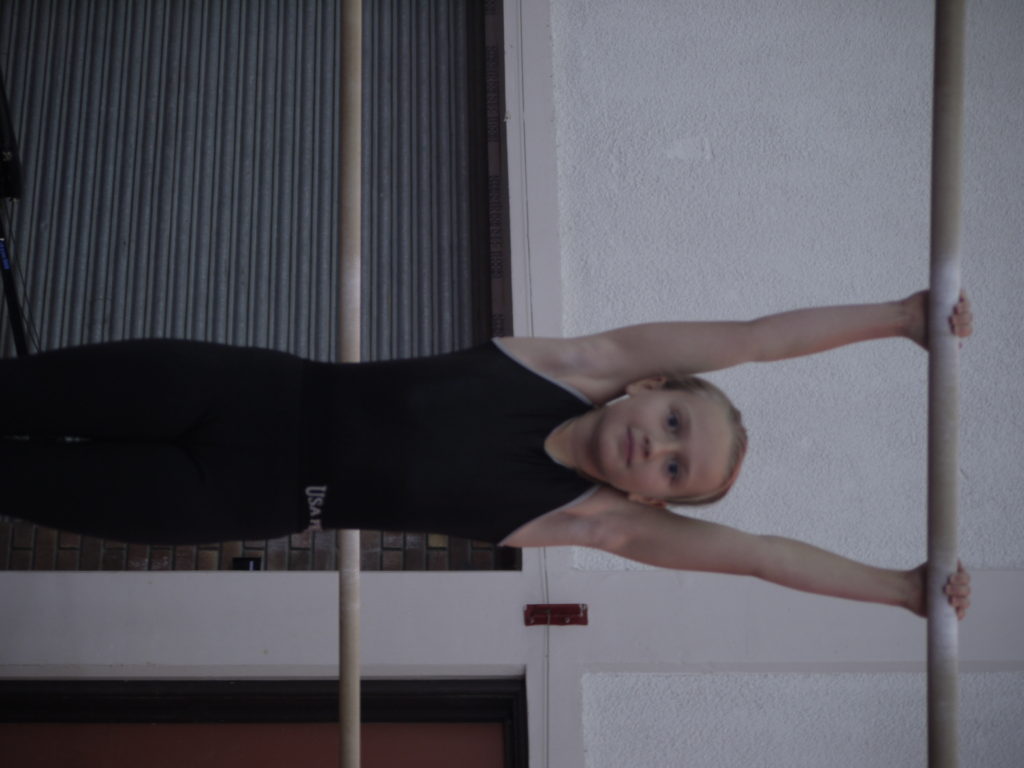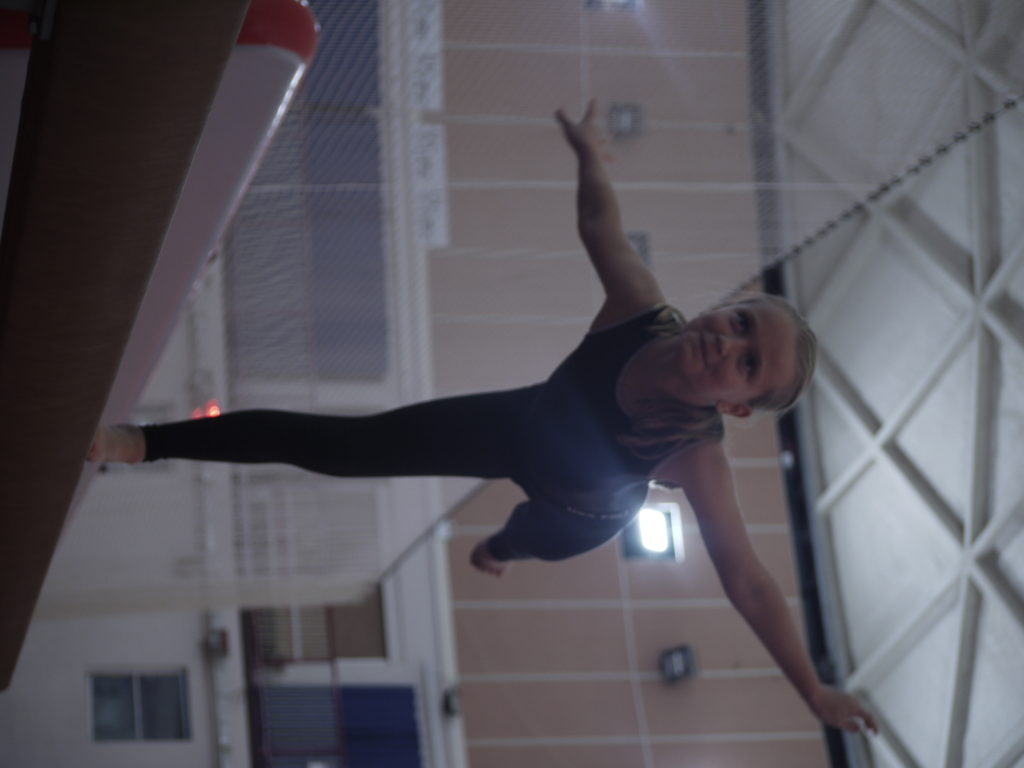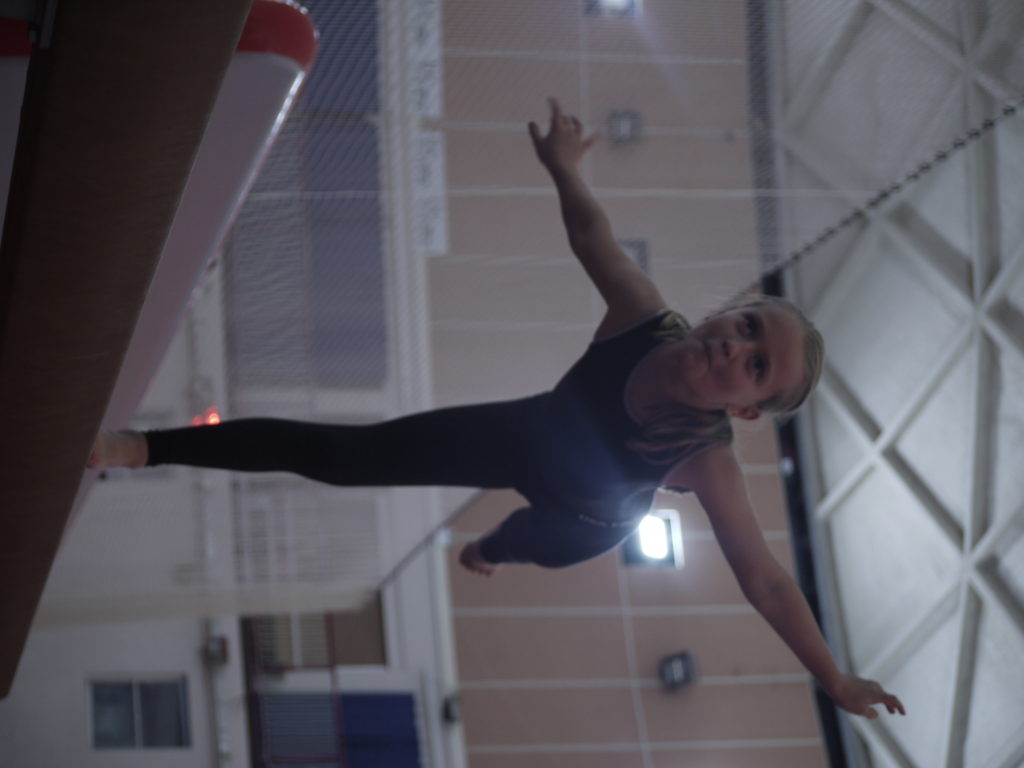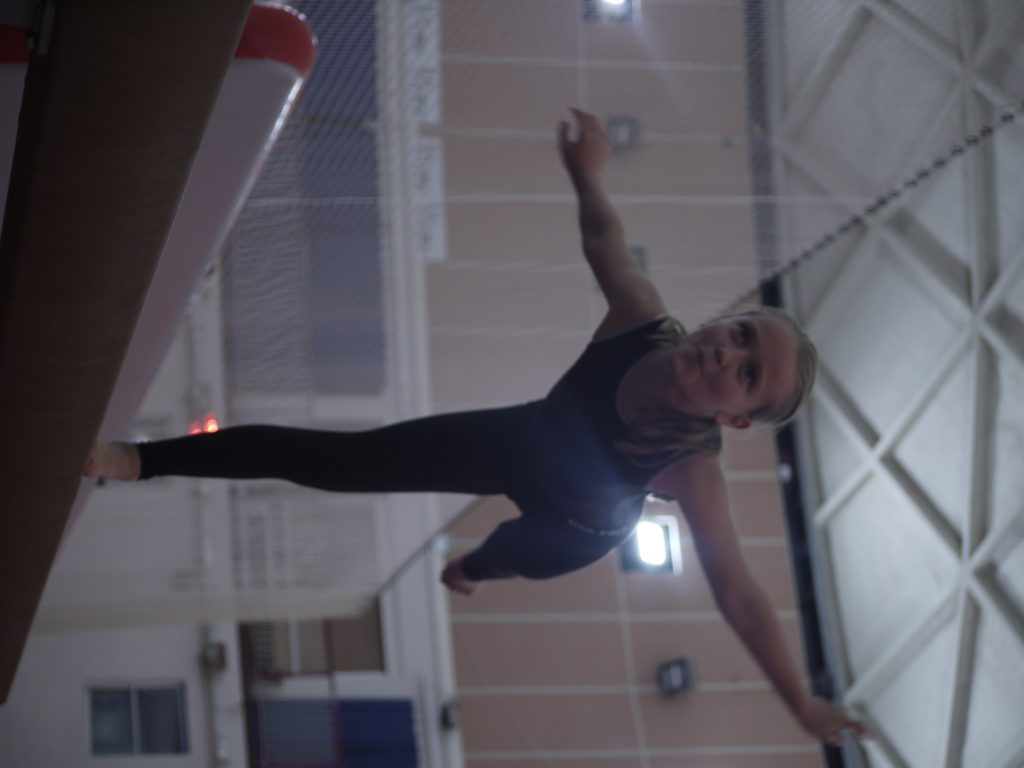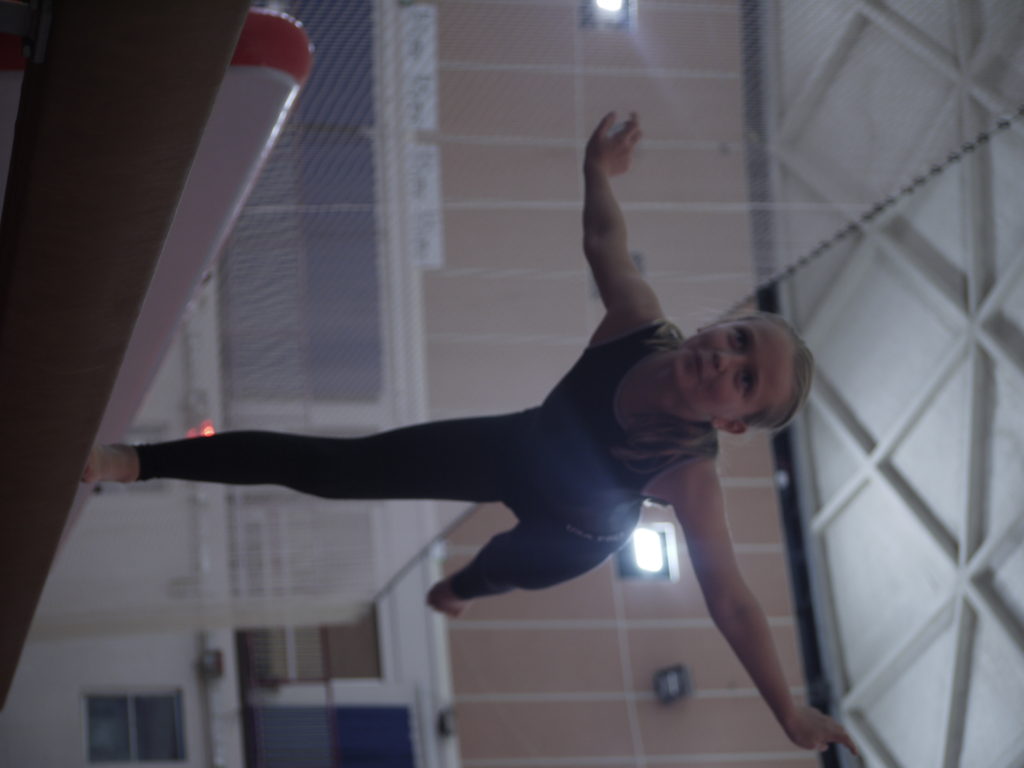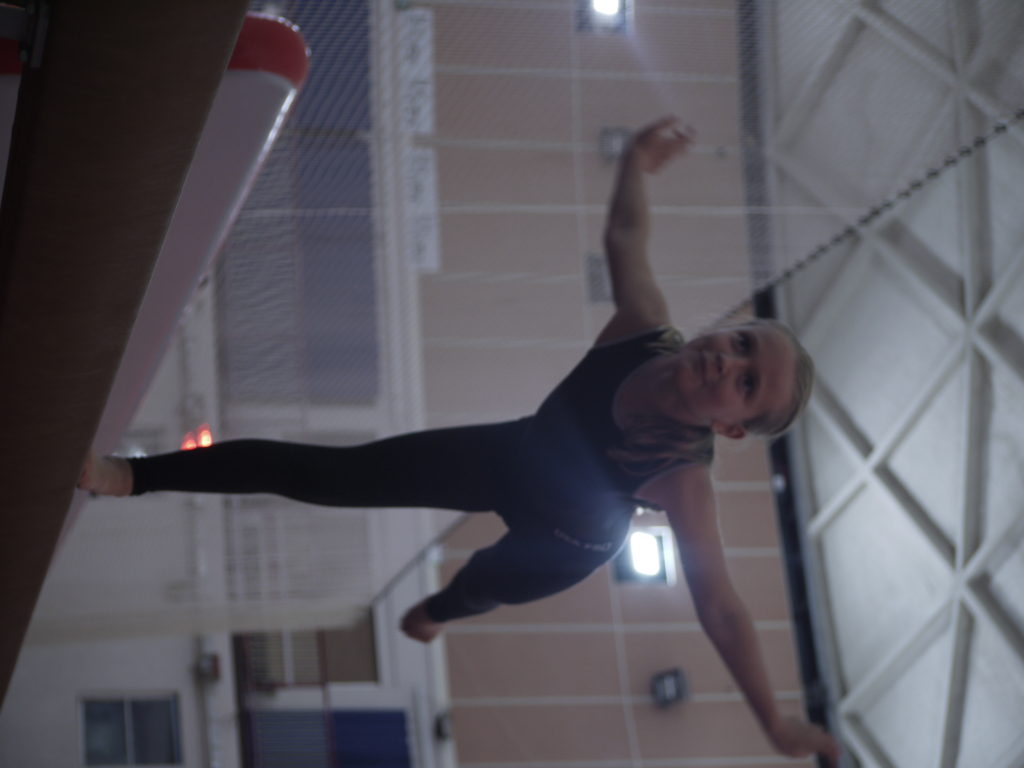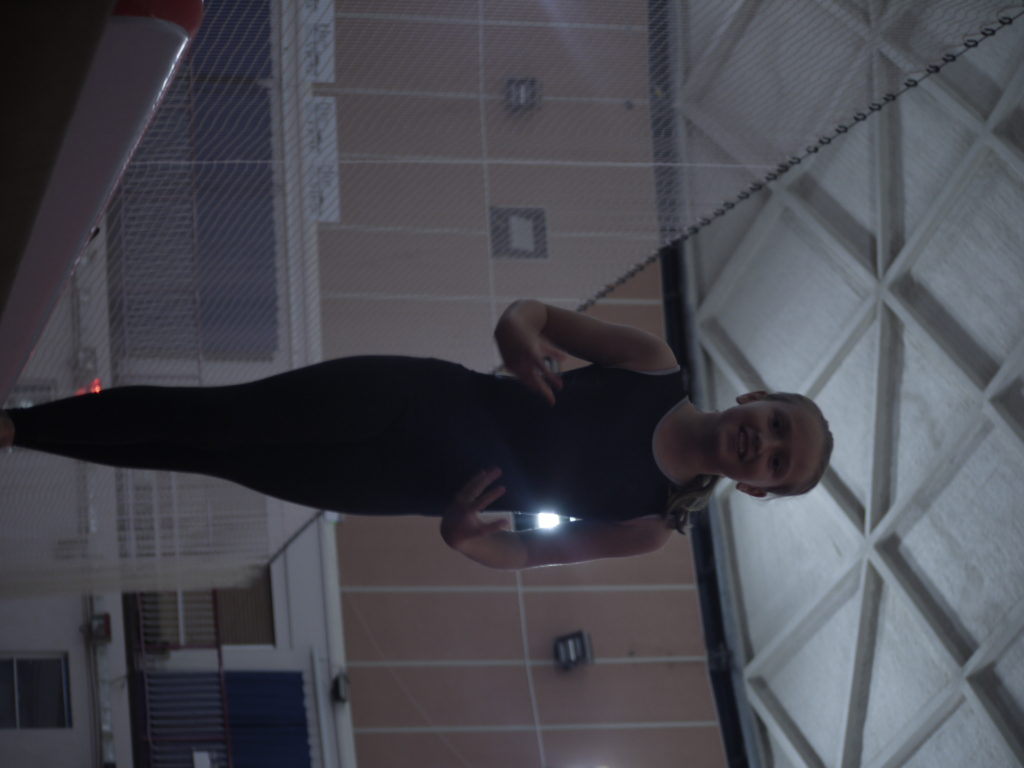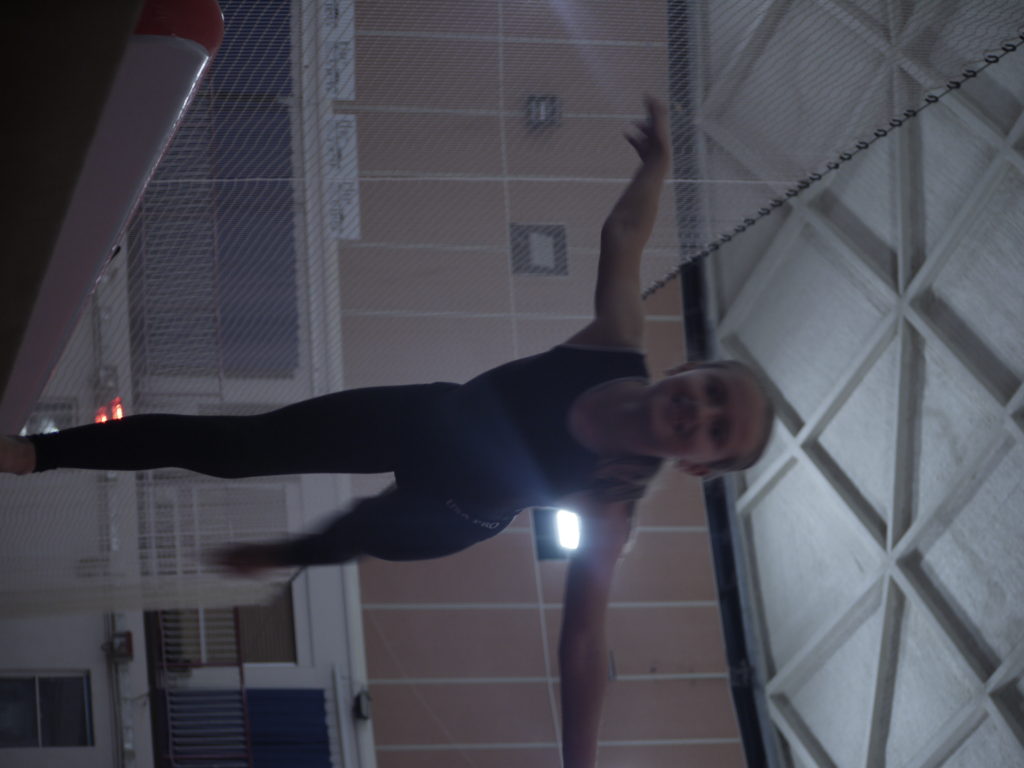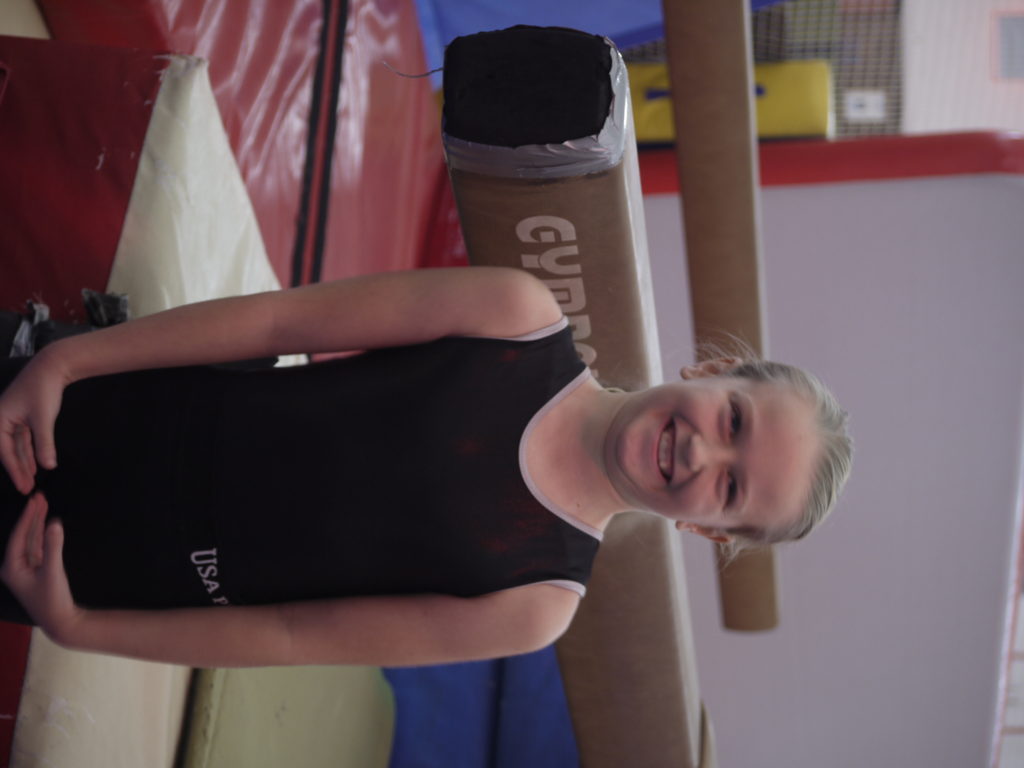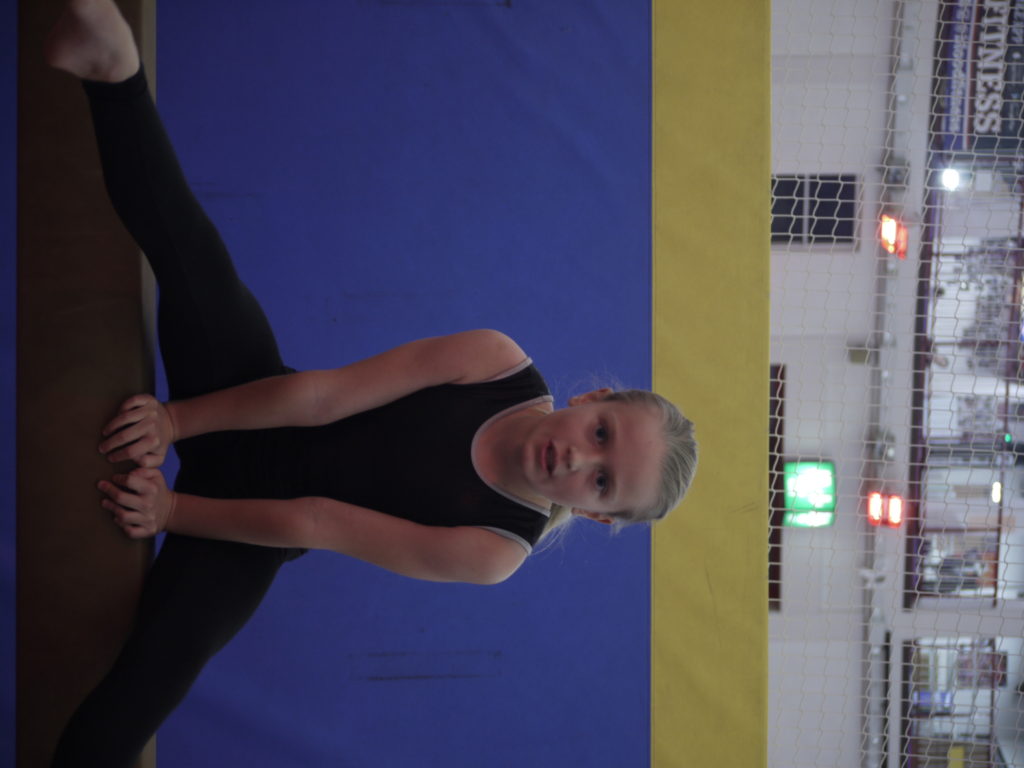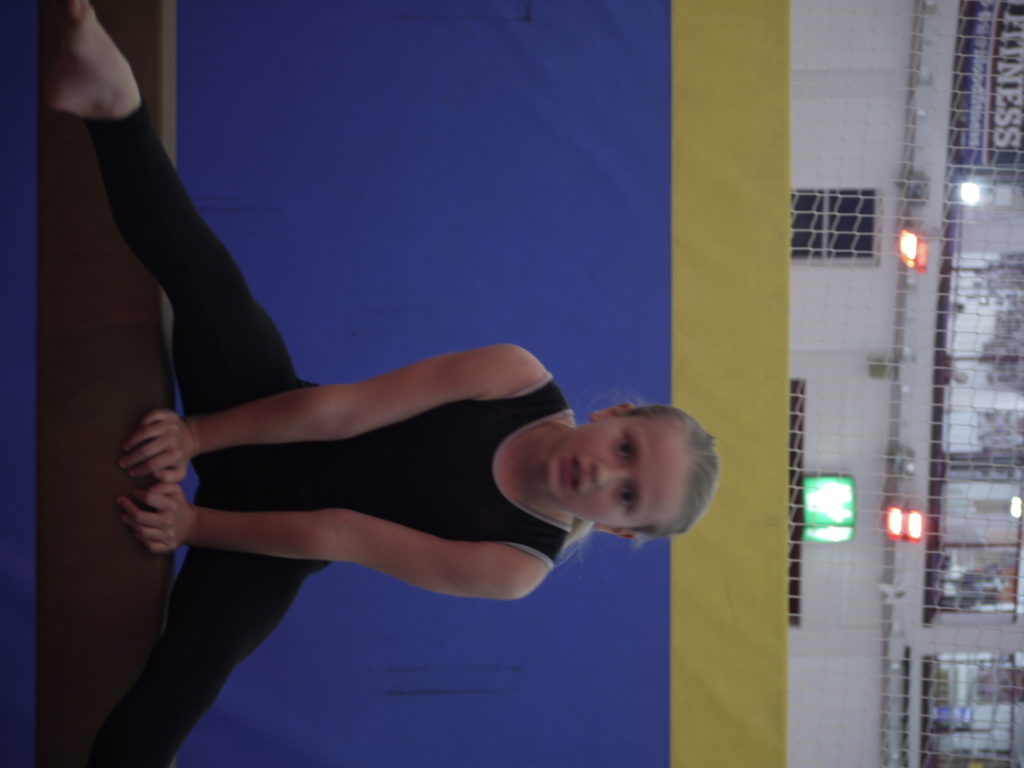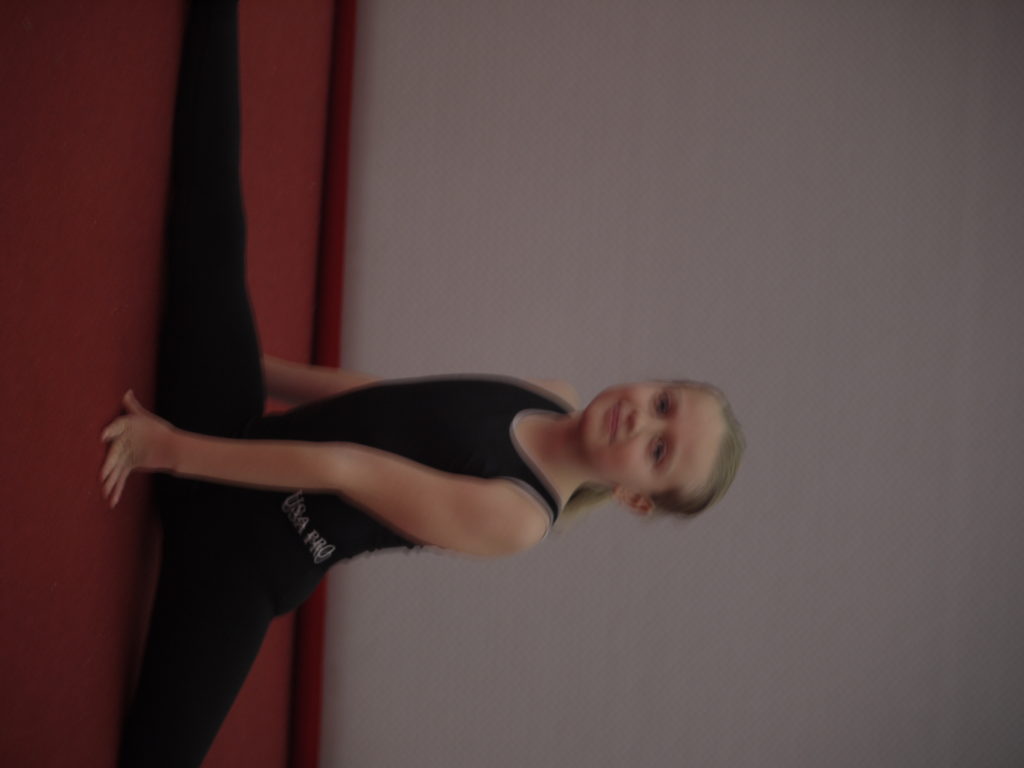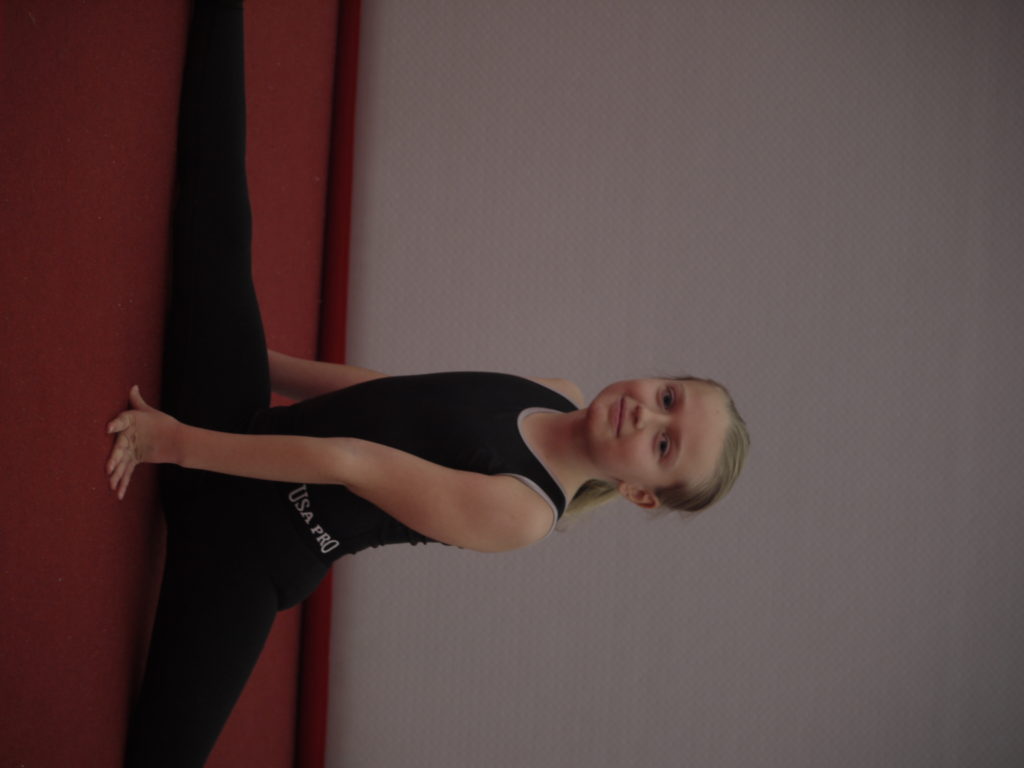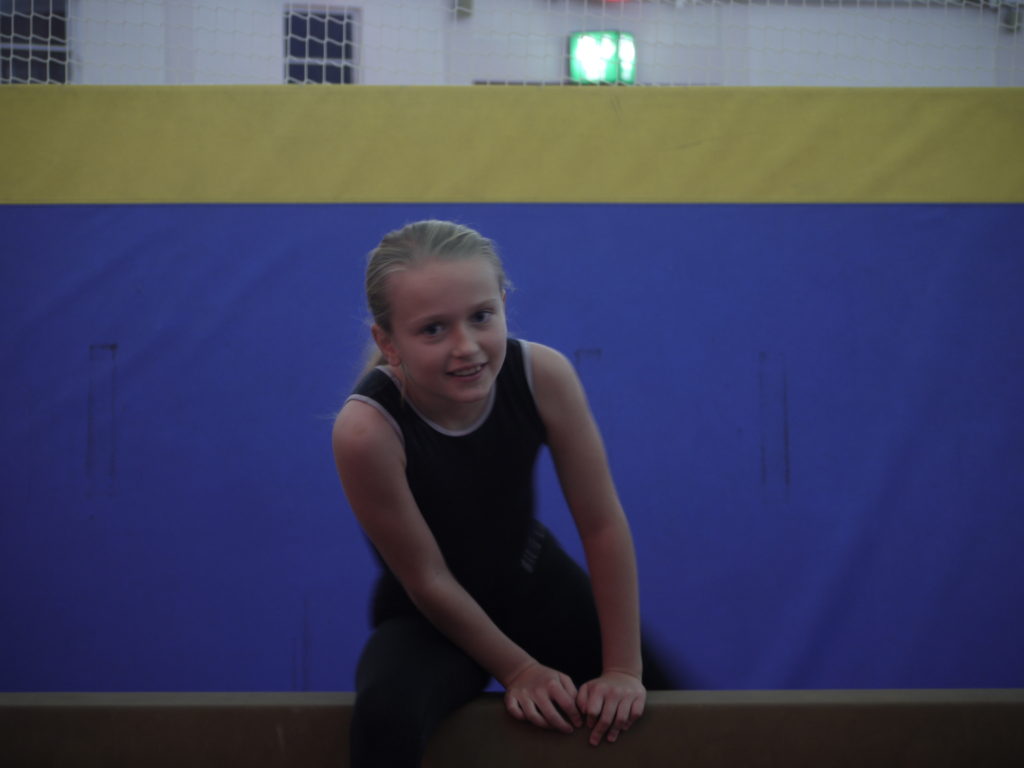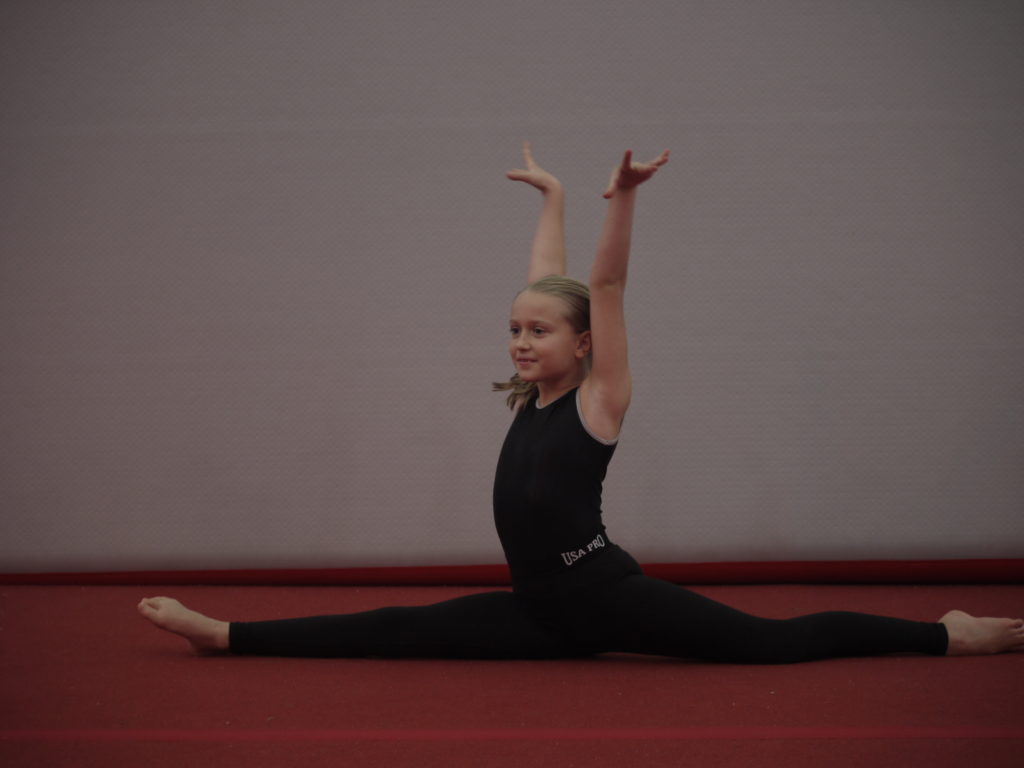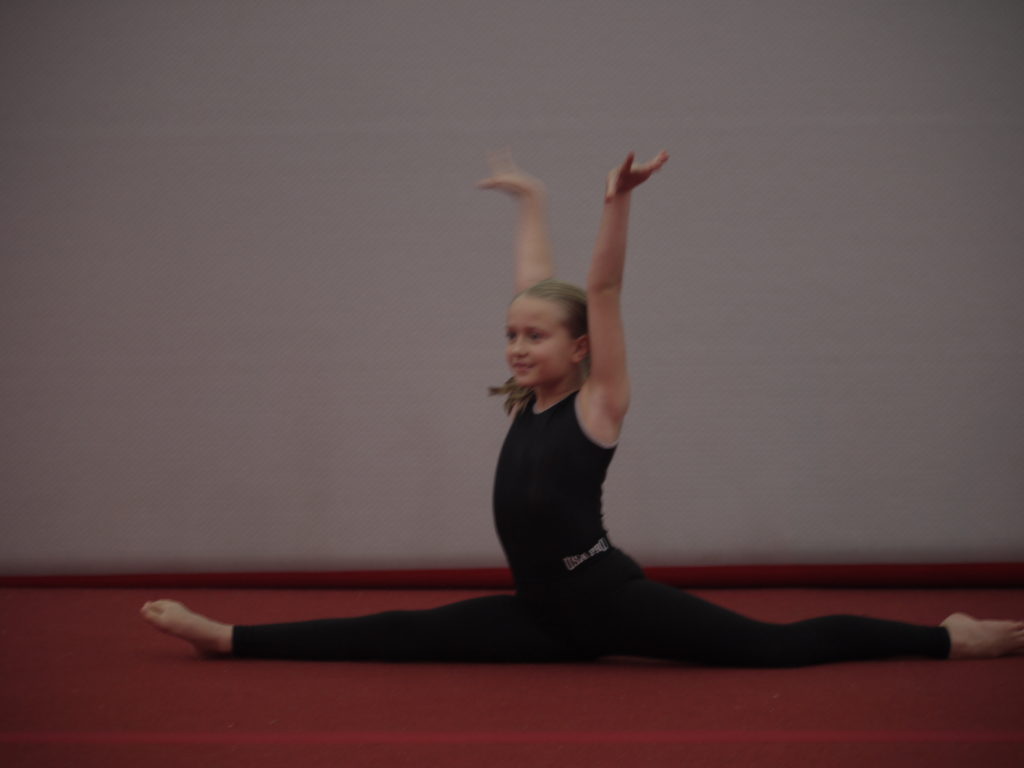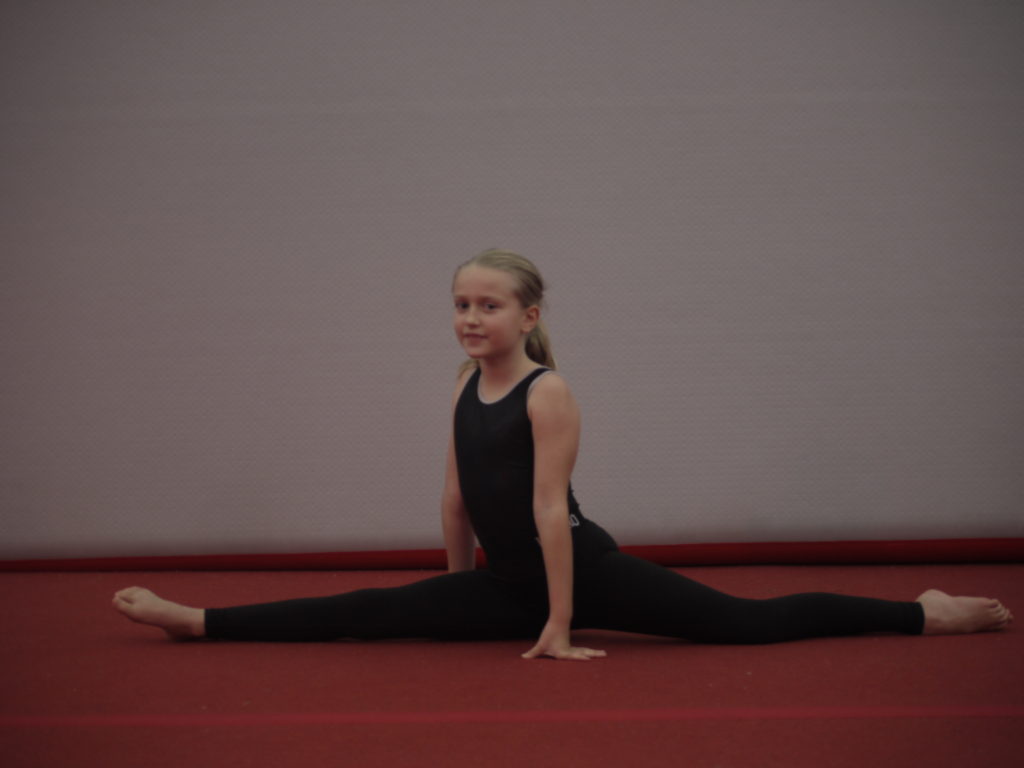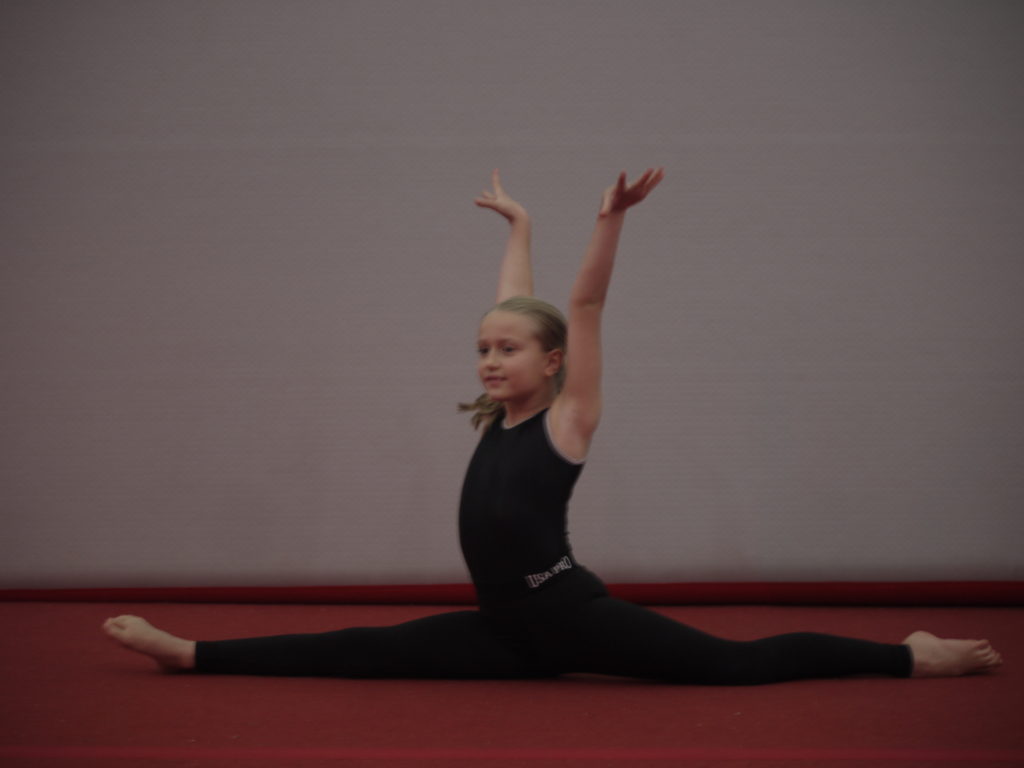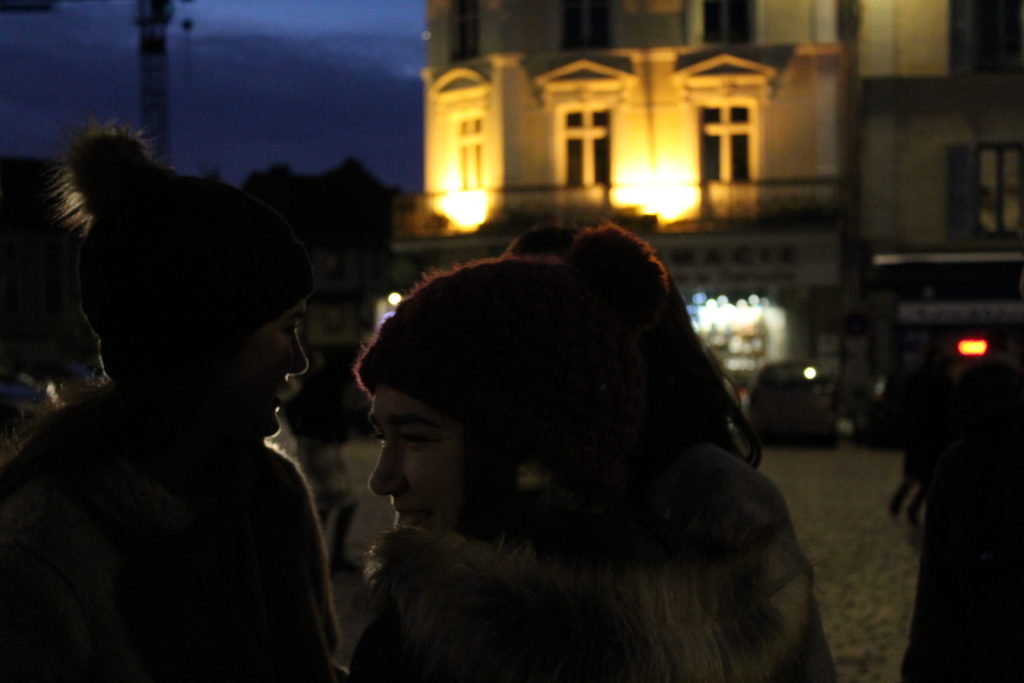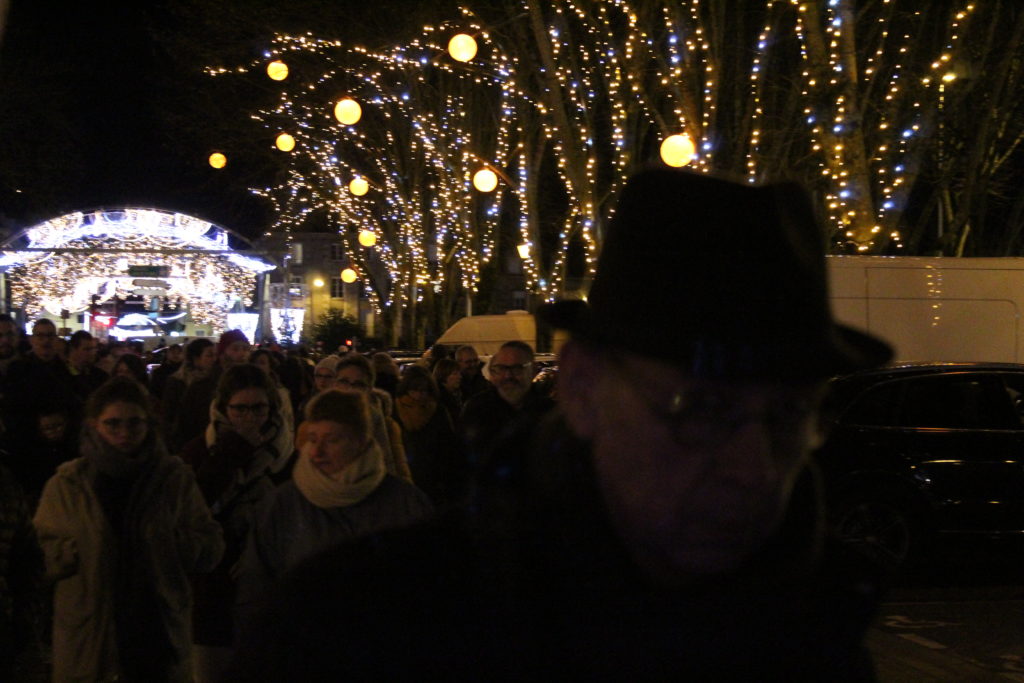Daily Archives: 24/11/2019
Filters
Candid/Street Case Study: Henri Cartier-Bresson
Henri Cartier-Bresson was a french humanist photographer, considered a pioneer in candid and street photography. Born in 1908, he took up photography in the 1930s and saw the art of photography as a way of capturing a “decisive moment” in time and preserving it forever.
He acquired a 50nm camera, giving him anonymity in a crowd during the intimate moments he wanted to capture and preserve, which was essential as most people act unnaturally when aware they are being photographed.
Cartier-Bresson published his book in 1952, called “Images à la sauvette”, meaning images taken hastily. The English translation was “The Decisive Moment” and it included 126 pictures from his travels over the world. The cover was drawn by Henri Matisse, who met Cartier-Bresson when he escaped a German work camp in 1943.

His dramatic black and white images are among the most iconic of the 20th century. His inentive work aided in defining the creative potential of modern photography, and his ability to capture life in the moment made his work creative evidence of important people and moments throughout history
STREET PHOTOGRAPHY- final outcomes
I took these images in Laval, France, during the Christmas period where there were many families and couples out on the town, looking at all the Christmas lights, which are quite well-known in that area.
The red crosses are photos that are blurry or badly-framed, the orange circles are to indicate possibilities for the final selection, and the green dot represents my actual final selection.
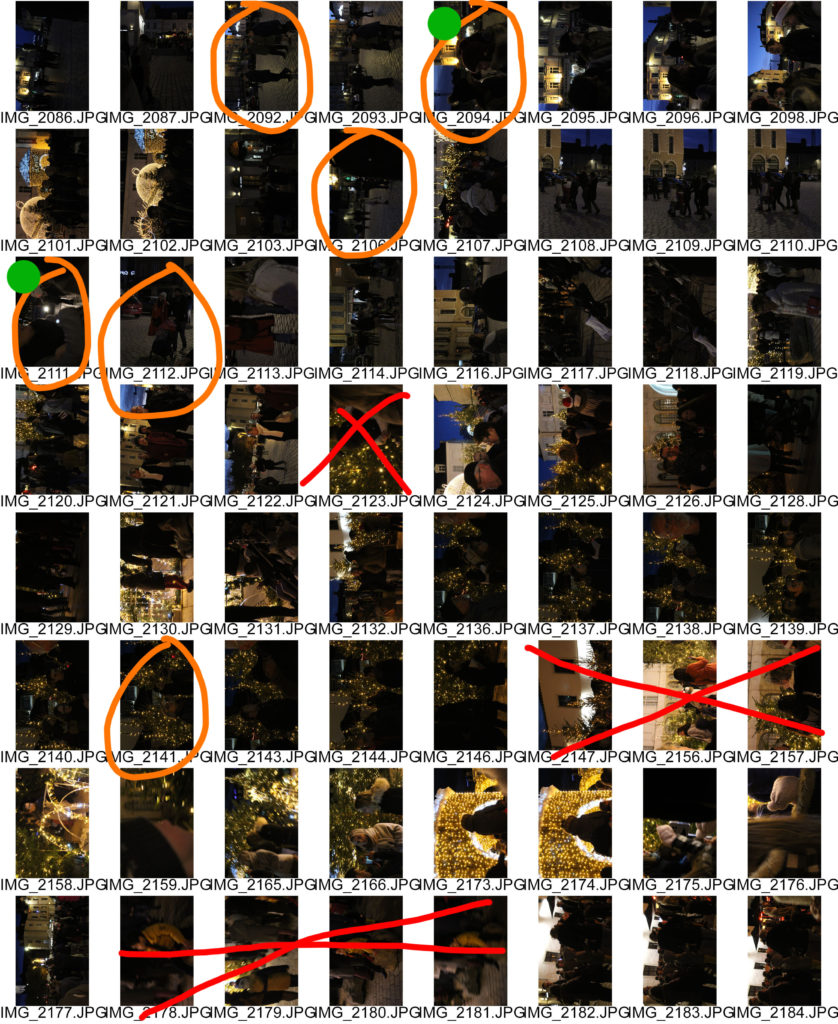


FINAL SELECTION-
I chose these images because I feel like they showcase the best technical skills as well as the fact that they are the most visually pleasing.


I only edited this image slightly because I already liked it enough as it is, so I just enhanced the vibrancy of the colours in the background, which I like because they (blue and yellow) are contrasting colours. I also really liked the mood of the image, as it seems like it was captured in the middle of a moment of pure joy, and I especially liked how the light from the background comes from behind to illuminate the girl in the foreground, almost like a halo effect.

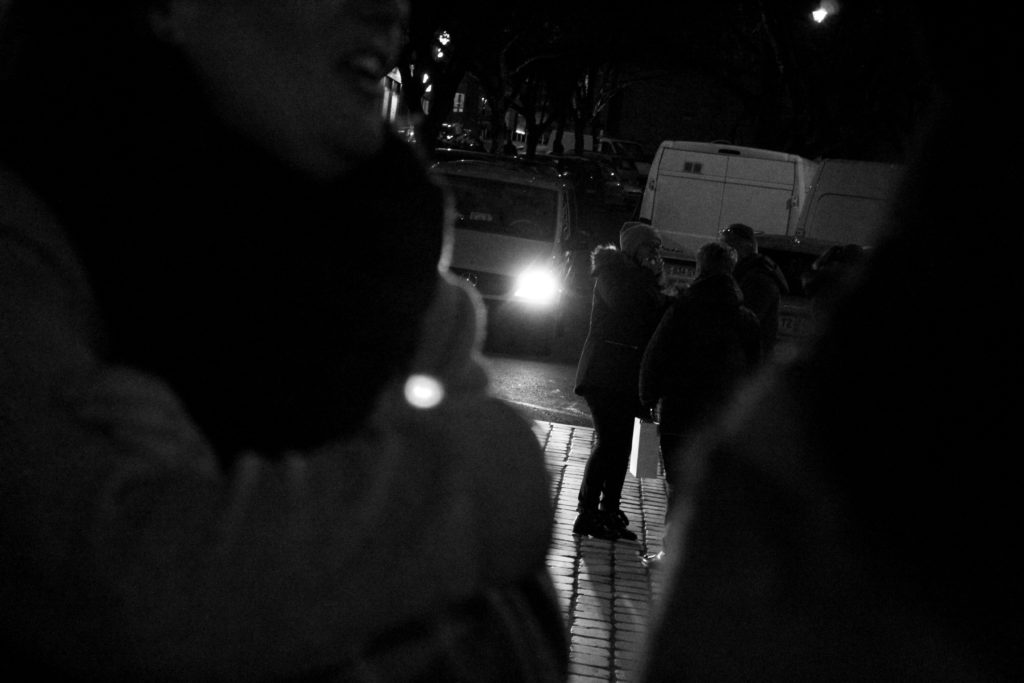
I made this image black and white to emulate the street photography style of Henri Cartier-Bresson, and because I felt that the colours were so monotone already the image would benefit from more focus on the subjects than the colours. I increased the contrast and brightness in order to make the light from the van’s headlamp shine brighter, and to provide more tonal range to the image.


This is another image I edited into black and white to follow the style of Henri Cartier-Bresson, and I feel that this was the right choice as it lets the eye focus more on the child as the main focal point of the image instead of the distracting colours of the background. I also like how the background of the image is blurred slightly, as it adds a sense of movement and creates a feeling of a single moment captured in time, much like Henri Cartier-Bresson’s attitude.
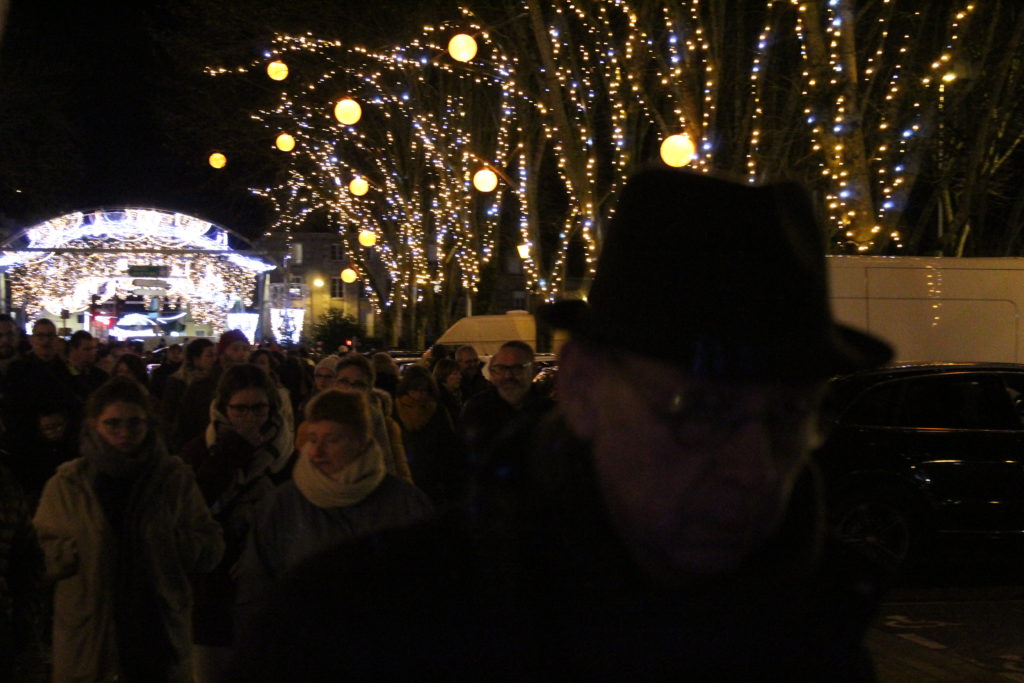

I really like this image because of the man in the foreground, the way he is slightly blurry but his facial expression is still clear. I feel as though this image carries a feeling that you are invading someone’s personal space, namely the old man, and this tone of invasion of privacy adds intrigue to the image. To edit, I simply made it black and white and changed the contrast and brightness levels in order to make the festive lights stand out more.

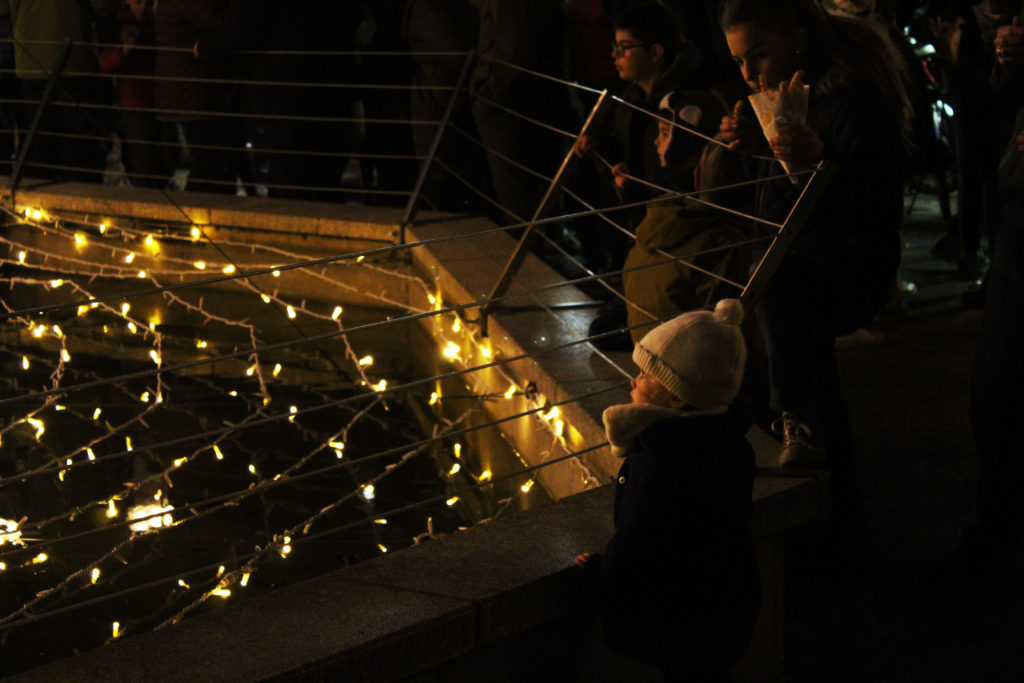
This is another of my favourite images as it really portrays the spirit of Christmas, and the lights glowing on the small child’s face help to carry this tone throughout the image. I feel that when doing street photography, children are often best to photograph as they show all of their emotions very freely, and this is why I really like this image, because of the sense of wonder clearly shown on her face. I barely edited this image at all; I felt as though it was good enough as it was, but i did increase the saturation to really emphasise the Christmas lights’ brightness.


